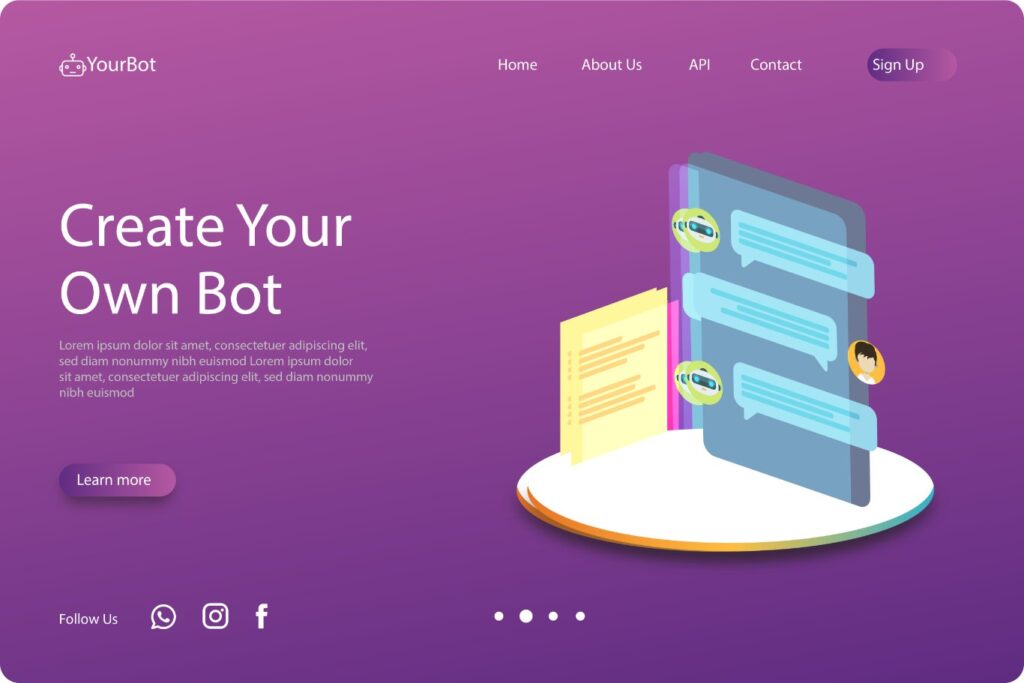
It is possible that chatbots will play a significant role in the future of human-computer interaction and communication. Chatbots are a sort of artificial intelligence (AI) software that can simulate conversation with human users through text or voice interactions. They can be used in a variety of settings, including:
- Customer service
- Online shopping
- Social media
To name a few.
One potential advantage of chatbots is their ability to handle a large volume of interactions simultaneously and 24/7, making them useful for handling tasks that would be impractical for humans to do manually.
Handling tasks that would be impractical for humans to do manually.
Chatbots may also be able to provide more personalized and customized experiences to users based on their preferences and past interactions (Funnels).
💡 However, it is important to note that chatbots are still limited in their capabilities and may not be able to fully replace human interaction in all situations. It is likely that chatbots will continue to evolve and improve over time, but it is difficult to predict exactly how they will be used in the future.
The construction of the new communication
The evolution of chatbot technology is likely to involve the development of more advanced and sophisticated capabilities that allow chatbots to better understand and interact with users in a natural and intuitive way. This could include improvements in natural language processing (NLP) capabilities, greater integration with other technologies, increased use of artificial intelligence (AI) and machine learning, personalization and customization, and increased use in business and customer service.
These developments may lead to chatbots being able to handle a wider range of tasks and provide more personalized and customized experiences to users, closing more deals and giving more satisfactory responses to support tickets.
💡 It is difficult to predict exactly how chatbot technology will evolve in the future, but it is likely that it will continue to become more sophisticated and able to handle a wider range of tasks.
Some possible areas of development for chatbots include:
- Improved natural language processing (NLP) capabilities: Chatbots will be able to better understand and respond to user input in a more natural and intuitive way.
- Greater integration with other technologies: Chatbots may be integrated with other technologies such as virtual assistants, smart home devices, and more, allowing users to access and control a wider range of services and devices through chatbot interfaces.
- Increased use of artificial intelligence (AI) and machine learning: Chatbots may use more advanced AI and machine learning techniques to improve their performance and capabilities.
- Personalization and customization: Chatbots may be able to provide more personalized and customized experiences to users based on their preferences and past interactions.
Developing an AI chatbot with the capabilities you described would certainly be a significant technical achievement.
It is important to note that despite AI limitations, chatbots already have transformed several business sales and support models, increasing revenue (Reducing lost sales and improving marketing funnels) and decreasing operational costs (Better ROI).
You can incorporate these types of solutions that certainly will boost your company's growth. Schedule a meeting with our team and figure out how your business benefits may increase in the short term thanks to these types of tools.




